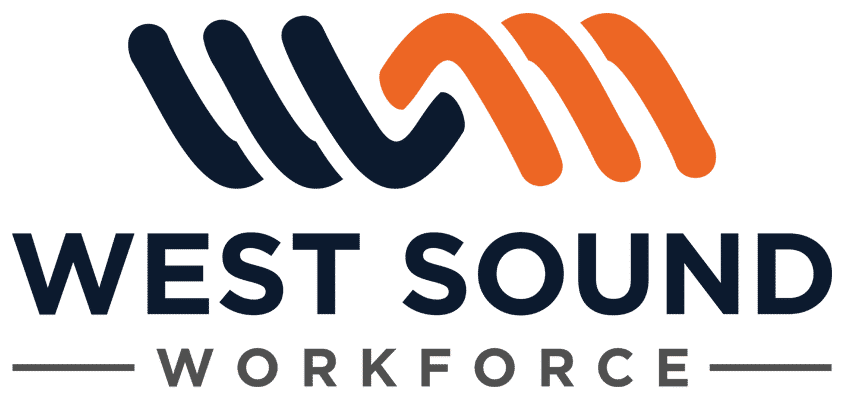
Companies such as Uber, TaskRabbit, Topcoder and others are shining a huge spotlight on the nontraditional or non-employee worker.
What does this increasing trend mean for our businesses and for our workplaces?
The gig economy:
We would be hard pressed to find a company that hasn’t at some time used a temporary employee, freelancer, independent contractor, or other type of free agent worker.
7,000 people have worked for my staffing company in jobs in the Puget Sound since 1998.
You’ve probably already used the contingent workforce for your business!
Stats you need to know:
According to a study by JPMorgan Chase Institute:
- 10.3 million workers in America — 6.5% of the total workforce — received at least some of their income from the so called “gig economy” between 2012 – 2015.
This survey did not include people who are employed by staffing agencies, which is a major source of employment in the contingent workforce.
- More than 14 million people in America work as temporary or contract employees during the year, according to the American Staffing Association.
- The size of the total contingent workforce in the US is estimated to be as high as one-third of the workforce.
Millennials in the gig economy:
The Institute for Corporate Productivity (i4cp) published an interesting report, Beyond Uber: Driving the Evolution of Work, in which they discuss gig economy trends and the implications for employers and HR managers.
Workers today recognize their employers have less loyalty to them, and many see an advantage in taking charge of their own careers by becoming “free agents.”
- The i4cp report shows that Millennials, in particular, seek flexibility and control.
- They appreciate opportunities for new experiences, and thrive with project-oriented work.
- Oftentimes, this makes them perfect candidates for the “gig economy.”
Baby Boomers & the contingent workforce:
On the other end of the spectrum are Baby Boomers, many of whom desire to work beyond retirement, but when doing so want that same flexibility and control.
They may choose opportunities to work remotely, part-time, or as consultants doing project-based work.
Challenges in the gig economy:
While being able to tap into talent on demand has its advantages, it definitely brings difficulties as well.
It’s a challenge to:
- Build a cohesive team
- Blend our staff with people that work for themselves or someone else, and whom are not committed to our business
- Maintain our company’s culture.
Another issue can be building trust amongst the total team. Our in-house employees may feel their own jobs are threatened by the non-employee worker.
New skills for managing contingent workforce:
Business leaders and frontline supervisors need new management skill sets to thrive in the gig economy.
The i4cp report points out that there is a heightened atmosphere of uncertainty and ambiguity in a workplace that requires greater collaboration among an increasingly diverse population.
Top that off with workers that may work remotely or sporadically, and you can quickly see that sophisticated communication skills, empowered leaders, and organizational agility are just some of the requirements for success!
How does the gig economy impact HR & hiring?
What does this all mean for our HR departments, or those who do the hiring and people planning in our businesses?
We’re talking about a more nimble workforce, with some contributors who move in and out of the team as needed.
In the past, we wrote a job description, hired a worker, and were good to go. In this new workplace, the planning component is more complicated and rigorous.
- According to the i4cp report, the work to be performed becomes the focus
- It will be important to break down the work itself into projects and tasks.
- The tasks may be accomplished by a temporary employee, an independent contractor, or some other method of outsourcing, rather than adding a permanent staff member.
- Workforce planning abilities will take on new importance.
- HR departments must be part of the strategic planning process, partnering with other departments as projects are defined and planned.
Talent sourcing even more important:
It will be crucially important for your staff who manage hiring to become skilled talent-sourcers.
There will be many ponds to fish from on a global basis, and knowing the right direction to head will be essential.
Considerations aren’t just about cost and quality of the worker — fit within the company culture is essential as well.
This takes talent management to a whole new level.
The wrap-up:
There are many names for this new workforce. It’s referred to as the freelance nation, contingent workforce, gig economy, solopreneurs, digital economy, nontraditional workforce, sharing economy, on-demand economy… the names go on and on!
It’s interesting to note, however, that David Weil, a blogger for the Department of Labor, refers to it as the “fissured workplace.”
He’s concerned that this new paradigm results in low pay. In his blog, he writes, “The costs in this race to be the lowest bidder are borne by workers deprived of their wages and the rights.”
While I can’t say whether his concerns are valid, it seems clear that workers and businesses are moving in this direction. Ensuring that our workplaces are not fissured, and that both businesses and workers flourish, will be crucial as we move forward into this new economy.
